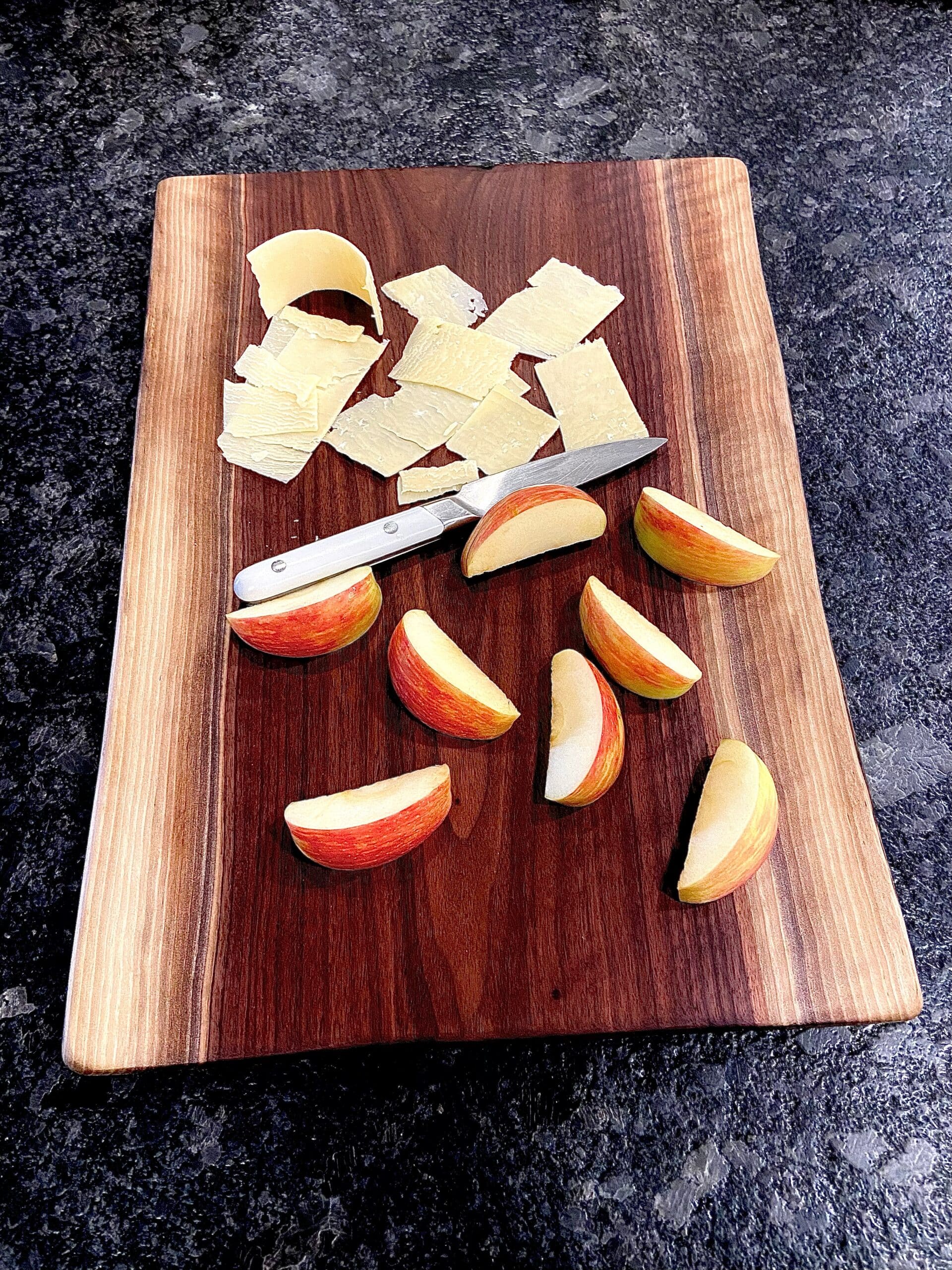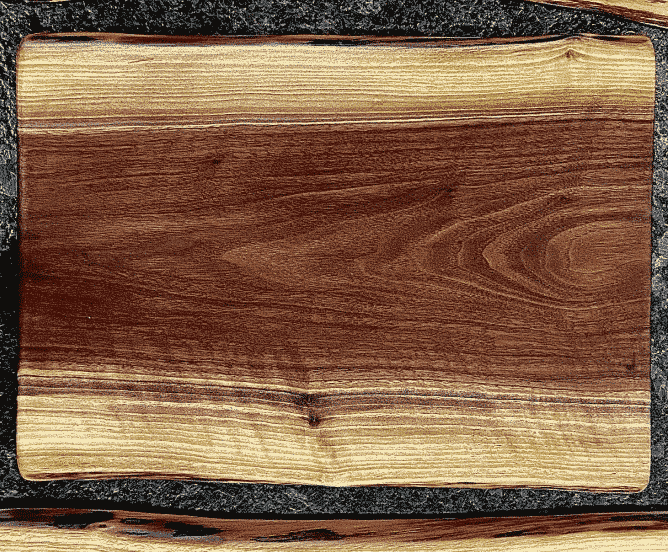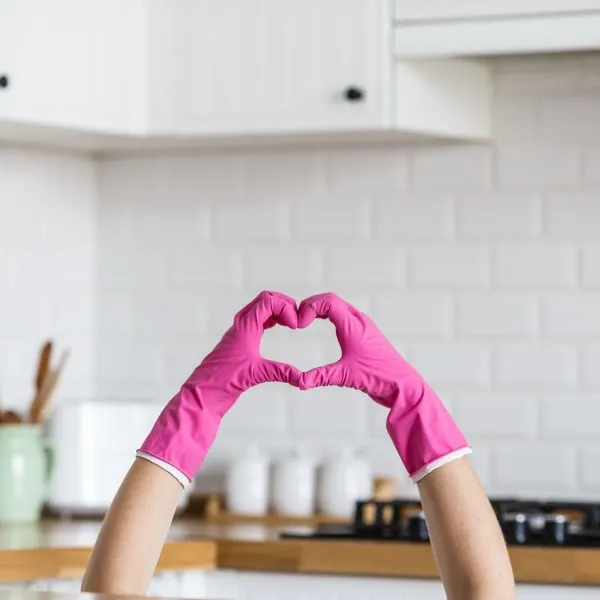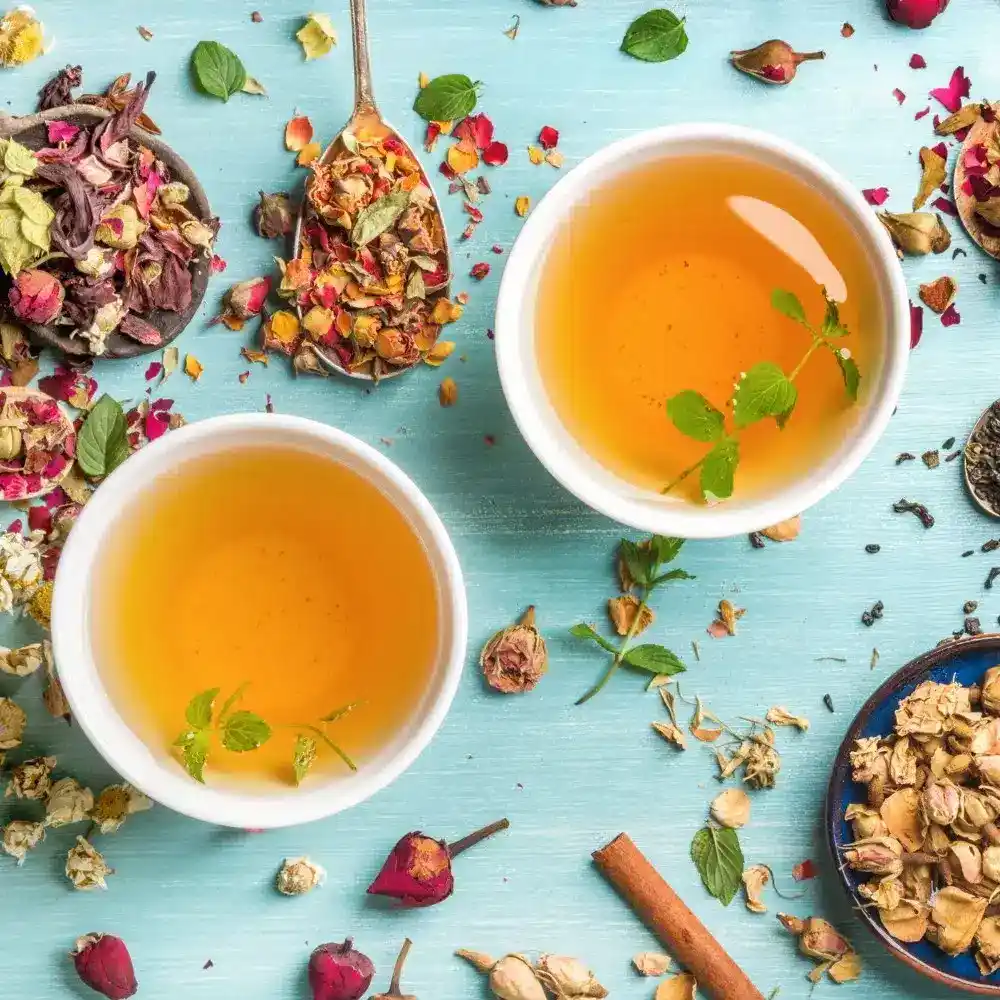What Is the Best Non-Toxic Cutting Board?
Written by:
John Goss
02/15/2024

Updated: 04/20/2024
Looking for a different guide? Browse them all HERE.
Cutting boards are essential tools in any kitchen, and our readers want to know what materials to look for when seeking a non-toxic cutting board. This article explores various types of cutting boards and their suitability for use, taking into account factors such as toxicity, durability, knife-friendliness, and environmental impact. Read on for our advice on choosing the best non-toxic cutting board for long-lasting use and peace of mind.
Cutting boards are typically made from the following materials, some of which are definitely safer than others. Let’s look at each one individually.
Plastic Cutting Boards
Plastic cutting boards are typically made from polyethylene (PE) and high-density polyethylene (HDPE). The good news is that both of these types of plastic are of lower concern when it comes to leaching endocrine disruptors. The bad news is this: even when the cutting board is made of a relatively inert plastic, microplastics will end up in your meal when you are chopping your food on a plastic surface. And we don’t yet know how harmful (or not!) this may turn out to be.
Some plastic boards are made from polyvinyl acetate, and these kind are decidedly bad for human health.
Triclosan, a synthetic antibacterial agent, is sometimes used on plastic cutting boards to inhibit microbial growth. When exposed to moisture and food residues, triclosan can break down into carcinogenic byproducts. Chlorine, another toxic substance and environmental villain, is also used to make plastic boards sterile.
In terms of sustainability, plastic cutting boards are problematic. Recycling plastic cutting boards can be challenging, as they are not clearly marked with recycling symbols and may not be accepted by local recycling facilities. Disposing of them in regular waste bins will of course lead to landfill accumulation.
Bottom line: Plastic cutting boards are Bad Stuff.
Glued & Pressed Wood Cutting Boards
The majority of common cutting boards are made of glued wood. Boos and Catskill are two of the big brands that make this version. These boards consist of multiple pieces of wood glued together. While newer versions may use formaldehyde-free, food-grade adhesives, it can be difficult to determine which products adhere to these standards.
Pressed-wood boards are composed of waste sawdust mixed with resin and pressed into molds. The toxicity of these boards depends on the source of the sawdust and the type of resin used.
Some brands of glued/pressed wood boards use non-toxic finishes like beeswax or linseed oil, others may use mineral oil or other sealants that are not environmentally friendly.
Bottom line: Glued or pressed wooden boards may be safe, but you should ask a lot of questions about glues and finishes.
Solid Wood Cutting Boards
Solid wood cutting boards offer knife-friendliness, longevity, biodegradability, and sustainability as they are renewable resources. As they are made of one solid piece of wood, toxic glues will not be present.
It is important to ensure the finishes used on solid wooden boards are non-toxic. We love 100% pure hemp oil like this one.
Wooden cutting boards generally do not foster bacterial growth and can be easily cleaned with soap and water.
Bottom line: Solid wood cutting boards are Good Stuff.
A Note on Mineral Oil
Mineral oil is a petroleum-derived product, and therefore not something that in and of itself we would call Good Stuff. That said, from a toxicity perspective, we only need to worry about untreated mineral oil, as it is likely a carcinogen, containing glysophate and atrazine.
The mineral oil used to treat wooden cutting boards is food-grade and highly refined, and therefore doesn’t present a risk to those using the cutting board, especially because it washes off quickly. Nevertheless, the wooden cutting boards we sell in our online store are treated only with 100% pure hemp oil.

Handmade Wooden Cutting Boards
These handmade wooden cutting boards are completely non-toxic and beautifully unique. Each board is hand crafted in Lancaster PA.
Glass Cutting Boards
Tempered glass cutting boards, like this one from Farberware, are non-toxic and planet-friendly. We don’t love glass as a cutting board surface because it is hard on knives and will dull them quickly. But tempered glass does make for a easy-to-clean, truly non-toxic cutting board that won’t absorb flavors.
Bottom line: Glass cutting boards are Good Stuff.
Rubber Cutting Boards
Rubber cutting boards have gained popularity in high-quality restaurants worldwide due to their durability, resistance to bacteria, and knife-friendliness. It is crucial to select rubber boards free from toxic additives like BPA or chemical germicidal agents. Boards that incorporate silver infusion, such as those made by NoTrax, discourage bacterial growth effectively and safely.
Bottom line: Solid rubber cutting boards are Good Stuff.

NoTrax Nontoxic Rubber Cutting Board
NoTrax premium quality nontoxic rubber cutting board is incredibly practical, totally safe and easy to clean. Anti-microbial to prevent bacterial growth.
Silicone Cutting Boards
In general, I think medical-grade silicone is a safe material. I use Stasher and Food Huggers every single day in my kitchen, for instance. Silicone is certainly much, much safer than plastic, and it a flexible surface that is naturally resistant to bacteria. Silicone can handle pretty high temperatures before it will leach anything into your food. I currently have this set of silicone cutting boards in my Amazon cart!
Bottom line: Silicone cutting boards are Good Stuff.
Bamboo Cutting Boards
Bamboo cutting boards are often promoted as eco-friendly alternatives to traditional wood. And it’s true that bamboo is a renewable resource. However, to turn bamboo into a cutting board requires gluing, so the concerns with glued wood boards applies here as well.
Bamboo cutting boards are also prone to cracking and warping, which can create gaps for bacteria and mold. They are also harsh on knives and challenging to recycle due to resins used in their production.
We think the best bamboo cutting boards are made by Bambu, which are produced in China but are made of organic bamboo and use only only water-based glue and vegetable oil finishes.
Bottom line: The only bamboo cutting board we recommend is this one.
Bottom Line on Cutting Board Materials
For those prioritizing non-toxic and sustainable cutting boards, we recommend either solid wood boards finished with zero-VOC/nontoxic sealers or rubber boards without chemical microbe inhibitors as our top choices. These options provide food safety, durability, and environmental friendliness.
Non-Toxic Cutting Board FAQ
The safest choice for the planet and human health is a solid wood cutting board with natural oil finish or a pure rubber cutting board without an antimicrobial treatment.
Plastic cutting boards should be avoided, as should wooden or bamboo boards that use small chips that are fused together with adhesives.
Glass is probably the most hygienic material for a cutting board, but it is also very damaging to knives. We like solid wood best for a hygienic, non-toxic cutting board material. When properly cleaned and maintained, wooden cutting boards are naturally antibacterial.
Please comment below is questions about sourcing and caring for non-toxic cutting boards.
Stay sane,


John, Certified Holistic Health Coach
Note: This article contains affiliate links or sponsored content, which means that if you make a purchase, we may earn a commission. We only recommend products that meet our strict standards for non-toxicity and that we use (or want to use!) ourselves. Thank you so much for supporting the brands that make Good Stuff!
Enjoying this guide?
Join 60K families who rely on our free guides on everything from milk to mattresses! Sign up to get $5 off your first order, access to our ultimate Clean Products Cheat Sheet, and ongoing exclusive access to coupon codes and promotions. Our weekly newsletter is filled with well researched tips and tricks to live a toxin-free lifestyle.
Related Posts
Start Here: 5 Crucial Steps to Decrease Toxins in Your Home
How To Avoid Drinking Toxic Tea
Safe, Non-Toxic Toys Guide
Healthy Thanksgiving Recipes
2 responses to “What Is the Best Non-Toxic Cutting Board?”
-
Hi, John. Would love to know your thoughts on https://greenerchef.com/. It says the adhesive is “food safe” but now I’m guessing that qualifies as sneaky stuff.
-
Hi Jennifer,
Bamboo cutting boards can be tough on knives, and, over time, bamboo can get :fuzzy” and be a place where bactreria can hide.
The glues used to glue bamboo together are relatively safe once cured, but can be a bit of a nightmare for the folks that build the boards.
-





Leave a Reply
You must be logged in to post a comment.